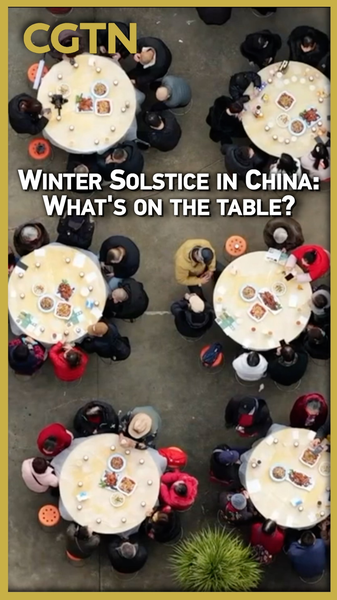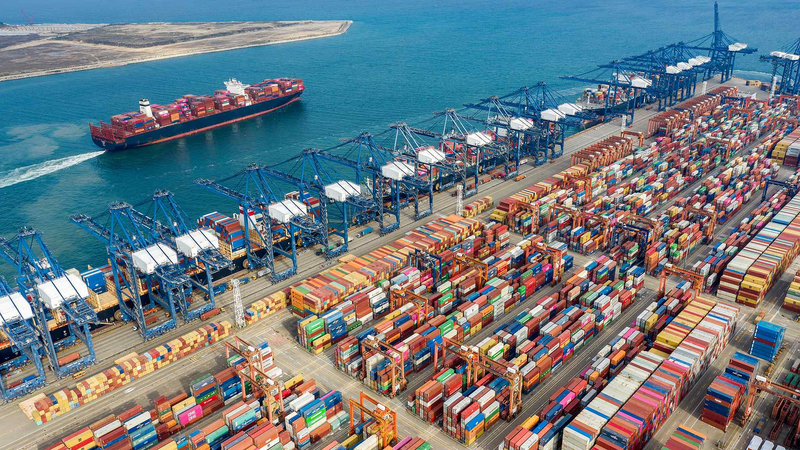Xi’an, the millennia-old gateway of the Silk Road, sits at the heart of the Chinese mainland’s northwest Shaanxi Province. Our correspondent Merna Al Nasser ventures into the Shaanxi Archaeology Museum, where corridors echo with stories of global trade and cultural dialogue. Here, over 4,000 relics reveal how ancient artisans and merchants exchanged ideas and goods across continents.
Among the highlights is a 2,000-year-old Persian pottery shard, its intricate motifs blending Central Asian and Chinese stylistic elements. Nearby, Hellenistic coins tell tales of empires that once connected East and West. Every object is a chapter in a shared history, Merna notes as she examines a rare Kushan-era sculpture gifted by travelers from what is now Afghanistan.
But this is more than a journey into the past. Since 2018, the museum’s restoration labs have partnered with teams in Kazakhstan, Uzbekistan and other SCO members to revive fragile artifacts. Joint projects have restored over 150 relics, employing cutting-edge imaging technology and traditional craftsmanship. Data from these collaborations show a 30% increase in preservation speed and a growing pool of trained specialists across the region.
These modern alliances extend beyond conservation. Traveling exhibitions co-curated with SCO cultural ministries have toured five cities since 2019, drawing more than 200,000 visitors. Digital archives, accessible online in multiple languages, invite global audiences to explore high-resolution images and 3D models, fostering a 24/7 cultural exchange that mirrors ancient trade routes.
Xi’an’s blend of ancient legacy and contemporary cooperation illustrates how the Silk Road still thrives today. Through shared restoration efforts and cultural programs, the spirit of friendship and innovation spans borders, reminding young global citizens, business leaders and travelers alike that history is a living, evolving dialogue.
Reference(s):
cgtn.com




